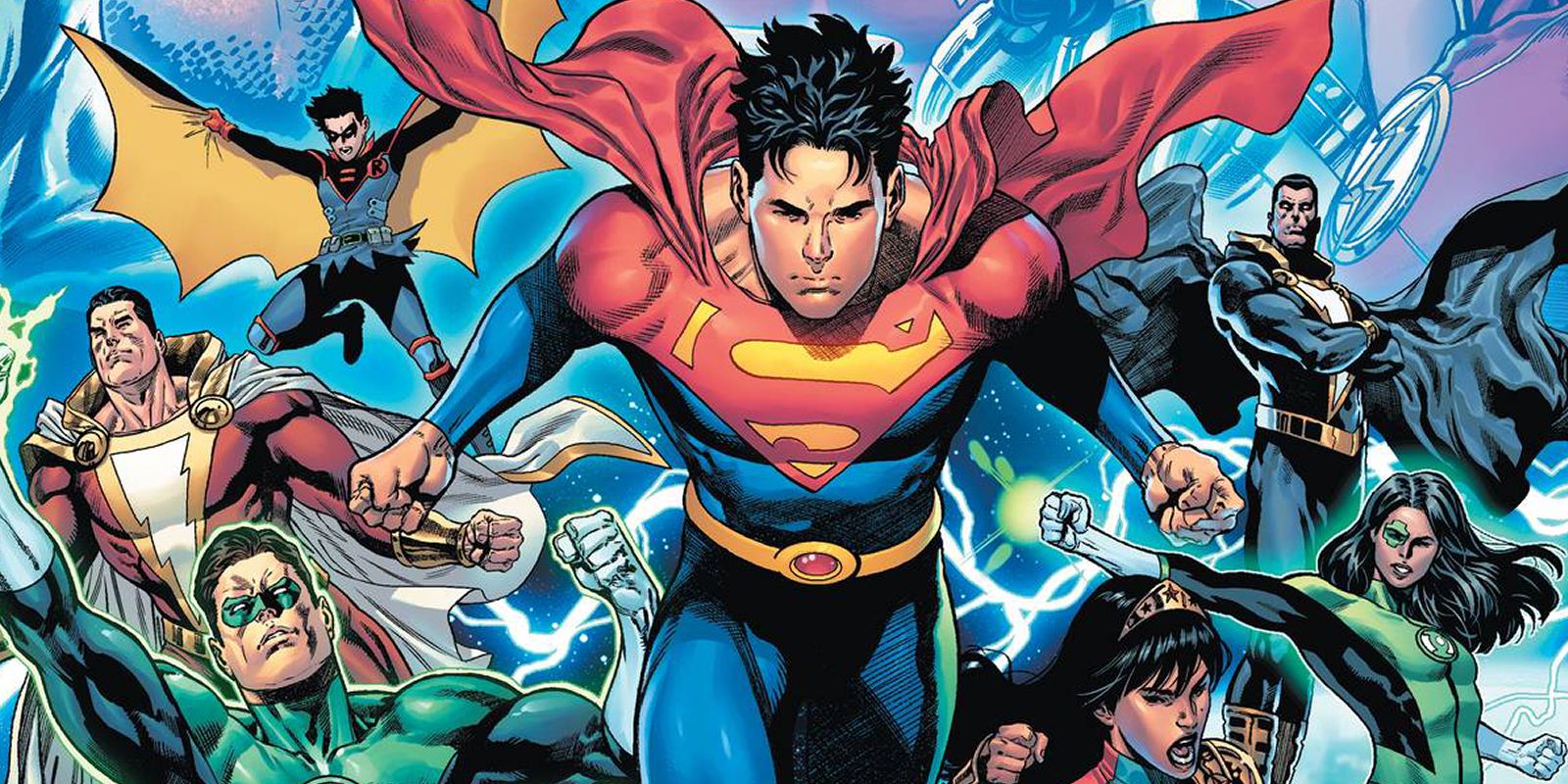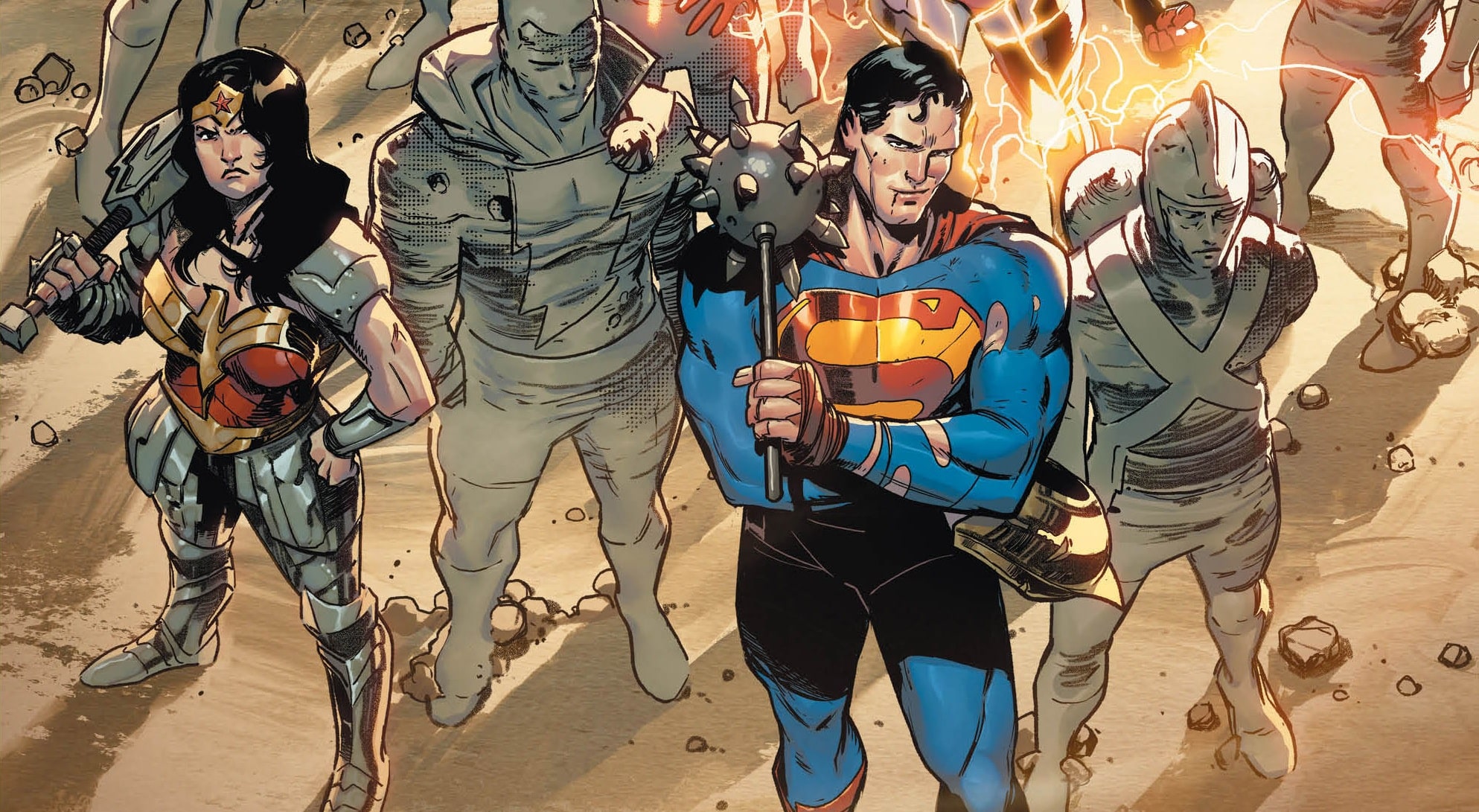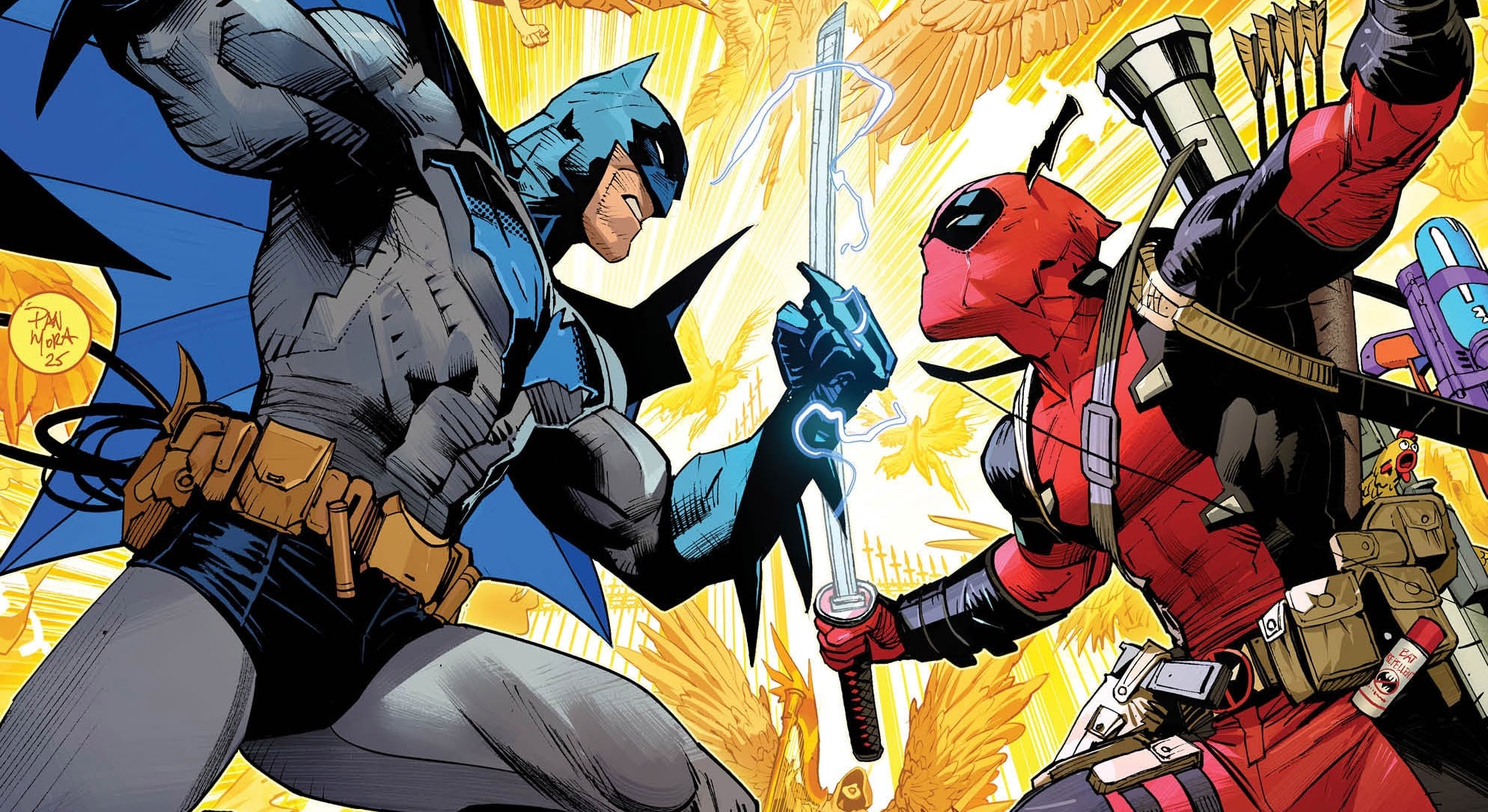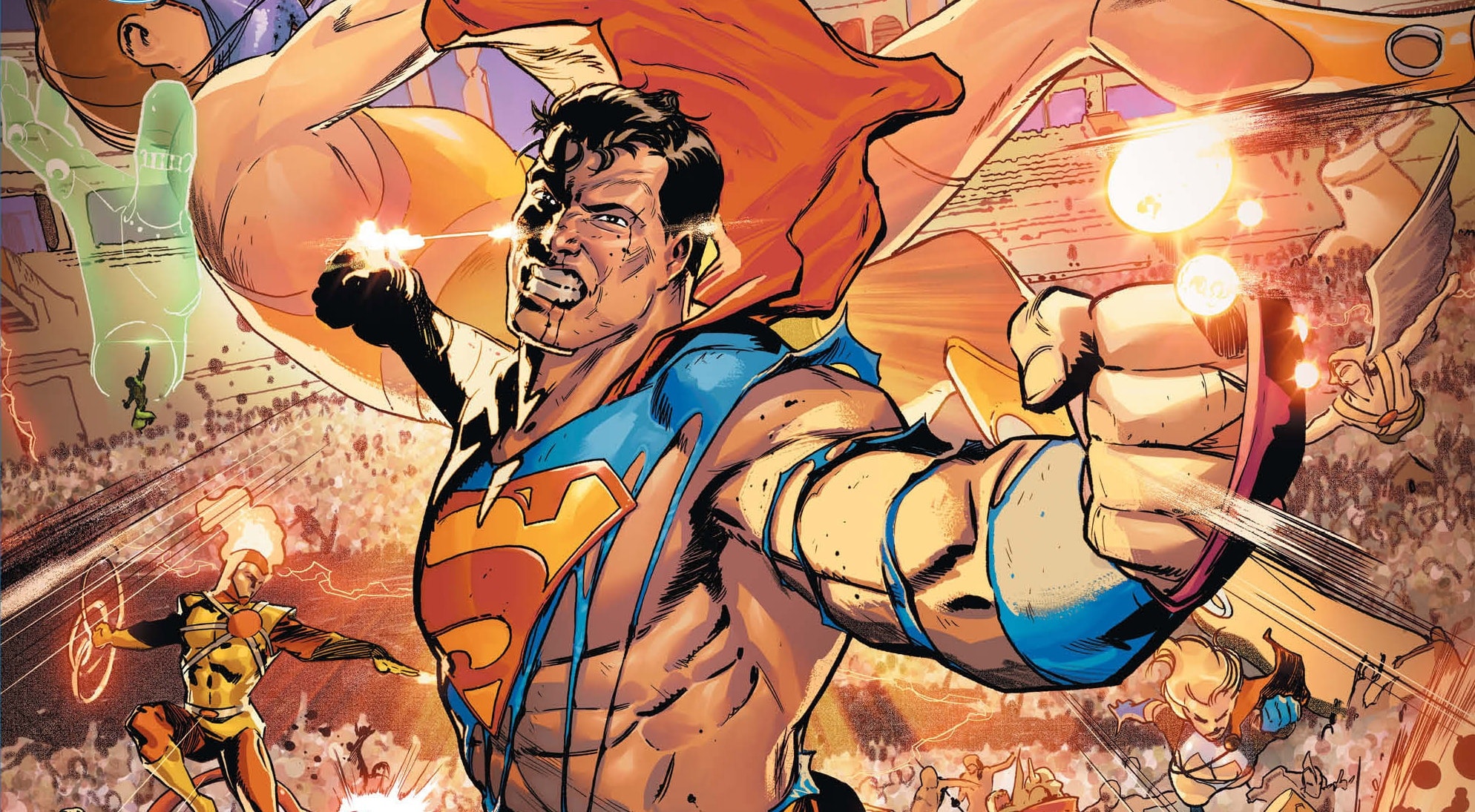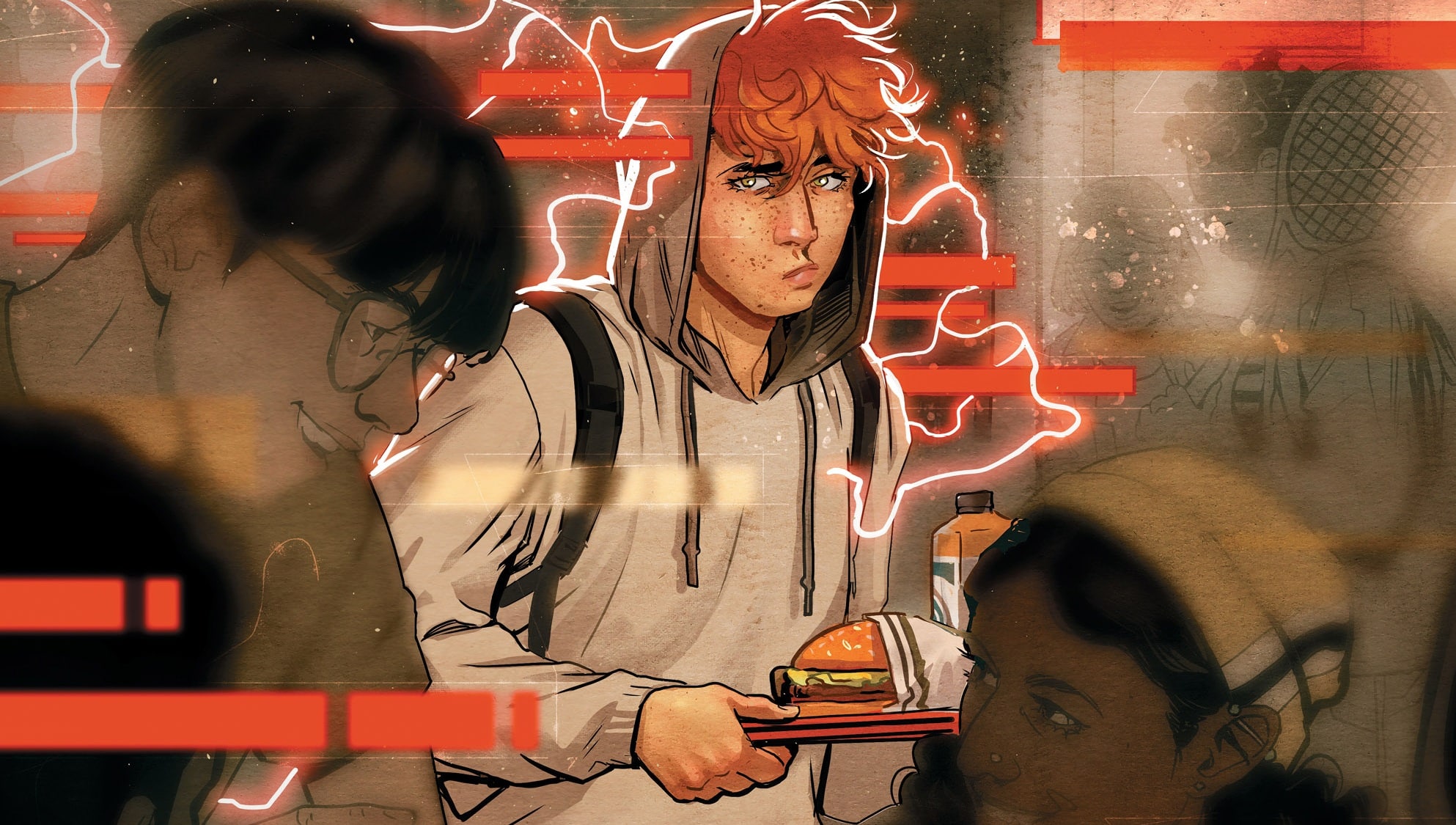The Justice League is dead. Long live the Justice League? As a new threat rises, can Superman, Jon Kent, gather a team of heroes to counter Pariah and the Great Darkness? Dark Crisis #1 is written by Joshua Williamson, with art by Daniel Sampere, colors by Alejandro Sánchez and letters by Tom Napolitano.

Outside of reading comics, I have been going through Tamsyn Muir’s Locked Tomb series. I am currently midway through the second book, Harrow the Ninth, and (even after finishing the first act of Gideon the Ninth) I can tell that this is the future. Everything about the book series, from the tone to the humor to the formal conceits, feels like a work that will be ripped off the way Neuromancer or Frankenstein were ripped off by the generation to come. There will be works that miss the point, works that react against the impact of the Locked Tomb series, and works that will take alternative paths from Muir’s work, but its role is clear nevertheless. This is the future of genre literature, and it is glorious.
In this light, the problem with Big Two superhero comics is that the vast majority of them feel like artifacts of the 20th century rather than the future. Nowhere is this more apparent than in the first issue of DC’s latest event comic, Dark Crisis. Dark Crisis is a book that is fueled with contempt towards the future. Its central character, Superman (John Kent, Son of Kal-El), spends the majority of the book attempting to form a new version of the Justice League, to which practically everyone responds by openly mocking and/or condescending to him. Ranging from the open laughter of Wonder Girl (Yara Flor) to Batman (Tim Fox) admonishing Superman for stopping criminals before rejecting his offer because team-ups got the last Batman killed.
The ultimate Justice League formed is a cavalcade of B- and C-Listers ranging from “Here because they’re a meme” (Booster Gold/Blue Beetle), mainstays who are here as legacy for previous teams (Killer Frost and Dr. Light II) or the people who were part of the younger generation ten to fifty years ago (Aqualad, Robin, Supergirl). And they, too, are mocked. Not because the Justice League, as a concept, more often than not failed to actually live up to itself, but rather because they are children.
This is rather humorous in light of the fact that the youngest character (in terms of publication history) is Superman himself, whereas the other characters on the team are at least twelve years old. And the alternative it presents to the Failson of Krypton is a character who’s so old he should be in the public domain: Dick Grayson. Because at its heart, Dark Crisis is a story about the Teen Titans, the superhero team no one has ever cared about, save for when they were a cartoon.
Sure, there are fans of the Titans, but the problem with the Titans as an idea is that no one cares about them. No one has genuinely tried to approach them as the next generation of superheroes. They’ve merely treated them as another superhero team. It’s telling that Cyborg could so easily be moved to the Justice League with only a minimal amount of fuss. There have been attempts (most obviously the base concept of Titans Academy), but they have been hampered with a desire to repeat the same three stories Marv Wolfman nicked from Marvel forty years ago.

The Titans are not and have never been New. They have never tried to be new, no matter how much we are told that they have. Even if we separate Dick Grayson from the Titans, we still have a guy who spent the majority of his career post-Robin twiddling his thumbs in Daredevil cosplay save the two times he decided to do literally anything else and was better for it. And every time, he always returns to Hell’s Kitchen Blüdhaven with the Kingpin Blockbuster running the underworld corruption, a thing Batman was able to largely beat within a year of being Batman.
Dark Crisis wants us to believe that it’s offering something new, something that represents the future of where superhero fiction can go. That this is the legacy of superheroes: a history that goes from Jay Garrick to Clark Kent to Damian Wayne. And yet, it feels very much akin to the legacy of the Disney Corporation in the immediate wake of Walt Disney’s death: a bunch of kindly yes men whose only thoughts were “What would Walt have done?”
Only mediocrity can come from thinking in terms of what previous generations would have done. The future can not–must not–be mediocre.

Critical Thoughts
- I imply this in the piece proper, but wow does the Justice League not inspire confidence. There are probably three people on the team who it makes sense for them to be on the Justice League, while the rest feel like they were pulled out of a hat or chosen by the marketing department.
- Daniel Sampere’s art is not great. It feels like they realized David Marquez was too busy working on the vastly superior Batman: Killing Time and tried to get the store brand equivalent. Everyone feels too plastic, and not in an interesting way. The lighting of Alejandro Sánchez lacks any emotion or weight beyond the rote and obvious. There’s no spark, no danger to the art. It, much like the rest of the book, belongs in a museum.
- I despise the lettering work of Tom Napolitano. Look at this panel and tell me why it’s like this. Why have this outside of a word balloon? Why is the bottom half faded out? Why are you using meme font, but black!

- The script by Joshua Williamson isn’t as bad as Justice League Incarnate #4. But that’s like saying being punched in the arm isn’t as bad as having your testicles consumed by a woodchipper. The mediocrity of its desires to make the Titans important because the Titans are important ultimately drowns the comic from being anything more than meh.
- Oh goodie, Deathstroke is killing Titans again. Joy. They even make a joke about blowing up Titans Tower because that’s all they do: Die.
- Is there anything positive I can say about this book? Possibly, but I have better things to do with my time. Aquaman: Andromeda is currently sitting in my queue and I need to finish Act Three of Harrow the Ninth.
Matt Lazorwitz read his first comic at the age of 5. It was Who's Who in the DC Universe #2, featuring characters whose names begin with B, which explains so much about his Batman obsession. He writes about comics he loves, and co-hosts the podcasts BatChat with Matt & Will and The ComicsXF Interview Podcast.

